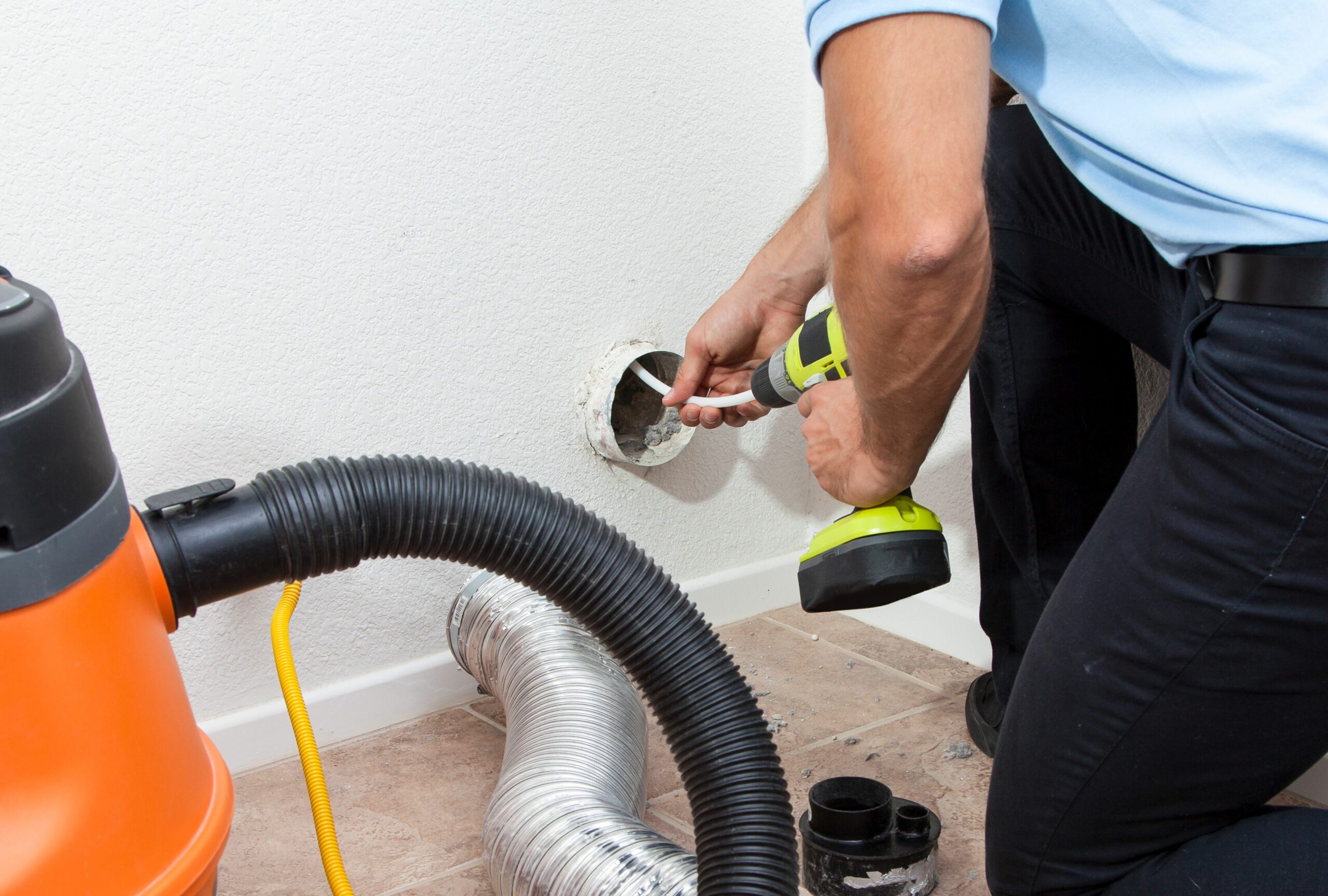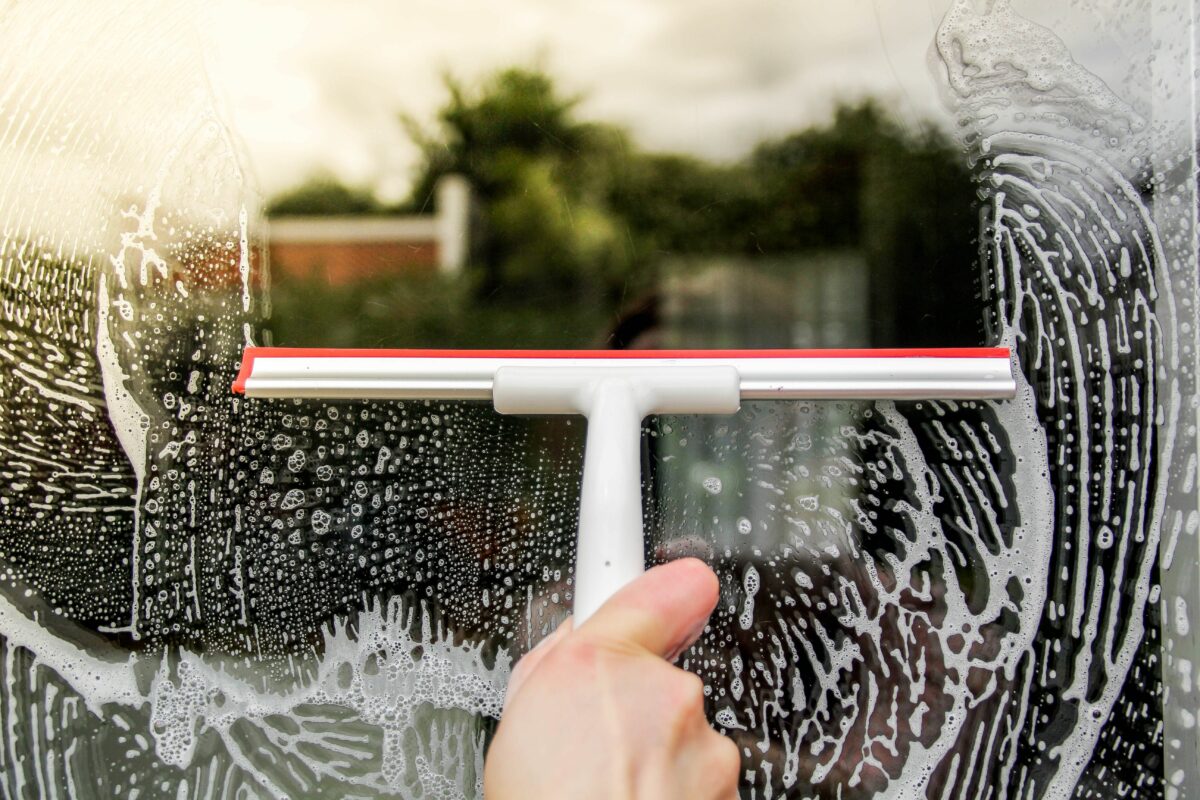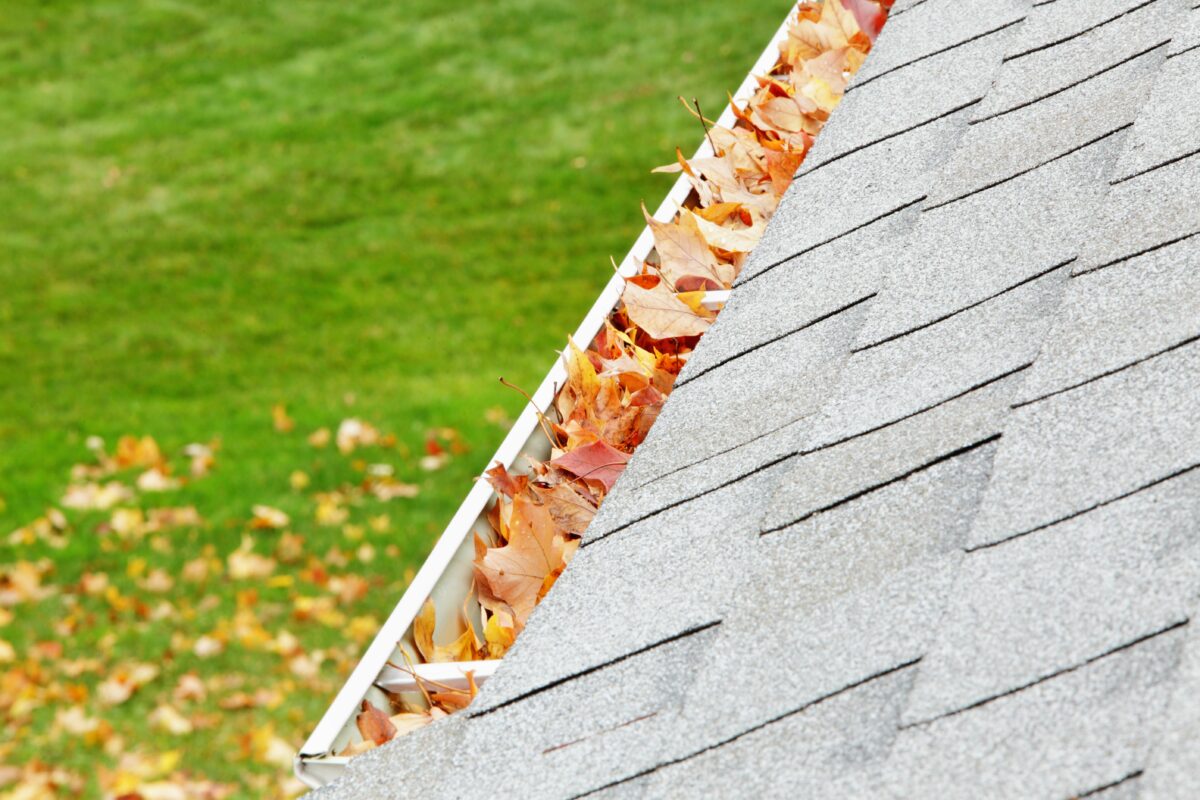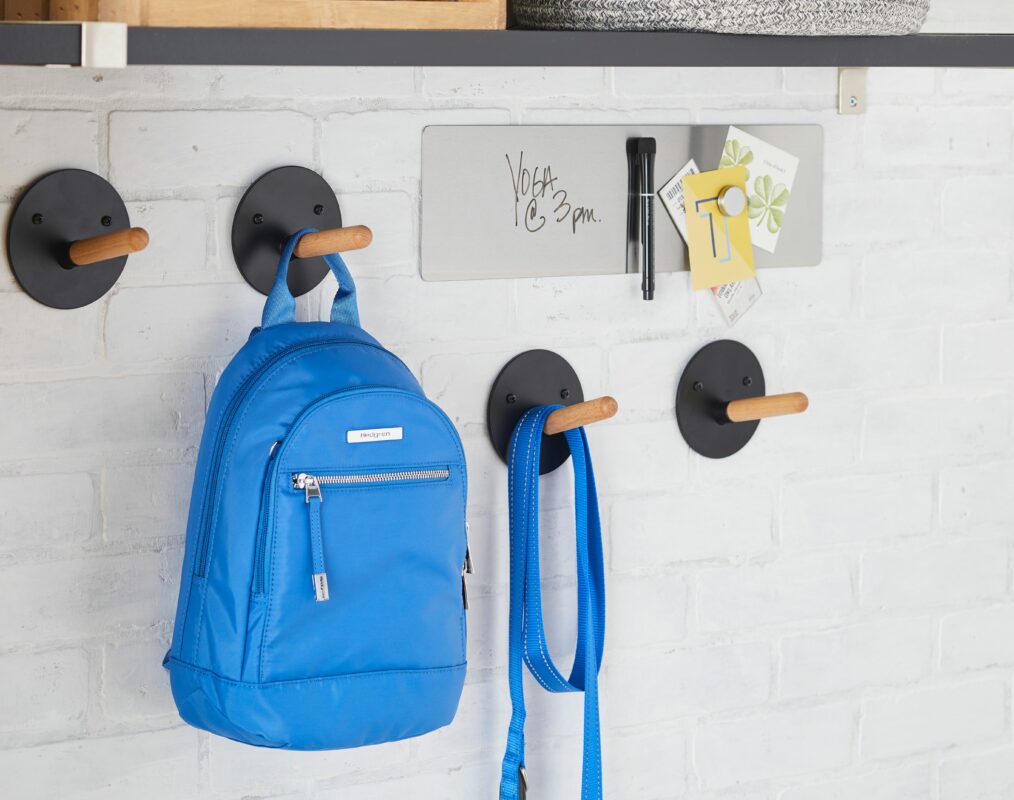Home maintenance tasks can feel like a never-ending list. On top of the daily dishes, the weekly lawn mowing, and the monthly mortgage payments, there is a litany of annual items you need to check off, and that includes cleaning your dryer vent.
“Cleaning the dryer vent is an important task that every homeowner needs on their home maintenance checklist,” says Courtney Klosterman, a home insights expert at Hippo. “A clean dryer vent can help prevent home hazards and contributes to a more efficient household.”
Here, we share exactly how often you should clean your vent, why it matters, and how to go about it.
How often should you clean dryer vents?
Experts say cleaning your dryer vent is an annual home maintenance task. “While most of us remember to clean the lint filter in between laundry loads, Hippo’s Housepower Report revealed that most homeowners wait 2+ years to clean their dryer exhaust vent, if ever,” Klosterman says. Cleaning the vent each year prevents problematic build-ups, and it’s something most homeowners can do themselves.
When it comes to a professional clean, Gary Collins, owner of Dryer Vent Wizard of Greater Cleveland, recommends having your dryer vent cleaned at least once every two years. “The most important thing is the connection between the vent and wall,” Collins says.
Collins says cleaning a functioning or newer dryer once every two years is sufficient to clear our major blocks and prevent more serious complications such as clogs that can lead to fires. In fact, the National Fire Protection Association responded to an average of nearly 14,000 annual fires between 2014 and 2018. A third of those fires ignited due to a build-up of lint, dust, or fiber due to a “failure to clean.”
Cleaning your dryer vent every other year also keeps things running smoothly. Collins says if you do a lot of laundry—say your kids are in sports or you have pets that shed—you might want to get that cleaning done more often, such as once every 18 months and, in some cases, annually.
“Once a vent is clogged with lint, it fills up with moisture and you can sometimes see dripping at the seams of the vent,” Collins says. “Or the inside of the dryer is full of wet lint.”
You might also need to have your vent cleaned more regularly if your laundry is on the second floor, on an interior wall of your home, or much older and less efficient. “It’s important to remember that not all dryer vents are the same,” Klosterman says. “If the dryer vent is particularly long with multiple turns it may be more challenging to clean.”
Not only does a clean dryer vent protect against fires, but it also makes your dryer more efficient and can therefore save money on your electric bill. “In some instances, you may even see a reduction in overall energy usage in the home which is something many homeowners are thinking about this time of year with summer heat,” Klosterman says.
Signs It’s Time to Clean Your Dryer Vent
If you stay on top of the task, cleaning your dryer vents once every one to two years should be simple and sufficient to stay on top of your machine’s maintenance. But there are other signs you can look for should your dryer need attention sooner.
One example: longer dry times. “That’s your cue to something is going on and it’s time to address it,” Collins says. Longer dry times often indicate a clog in the vent. In some cases, they’re the result of an aging dryer or one with another type of maintenance issue at play.
But for the most part, Collins says this is the first sign. Not sure how to check? He recommends using the timed settings on your dryer and checking to see whether the normal 60-minute run time, for example, is still getting the job done. “Sometimes the clothes will come out a little damp but in 10 more minutes they’re dry,” Collins says. “But now you’re adding on 20 more minutes before they’re dry.”
Many homeowners opt for the “energy efficient” automated timers that sense when clothing is clean. That’s fine, but Collins points out those settings can make it difficult to know when your dryer is becoming less efficient. “The automatic cycle can fool you,” he says.
To combat that, switch to a timed setting occasionally or use an actual timer to see how long the automated settings take. If you notice an uptick in the amount of time it takes to wash a load of regular clothes, it might be time to schedule a cleaning.
Dryer Vent Cleaning Tips
Like the frequency of the task, whether or not you can DIY this job will come down to the particulars of your dryer set up.
If you have basement laundry that vents to the main level and out an exterior wall with a few feet of hose, you can likely do this task yourself. But if you have second-floor laundry on an interior wall of your home, you might want to call in the pros.
If it’s a DIY job, you can start by getting a damp rag and cleaning out the entrance to the vent. “Make sure to clean the vent hood outside the house and regularly clean the lint filter in the dryer as well, removing any lint or debris,” Klosterman says. “After you finish cleaning the dryer and surrounding areas, reconnect the vent duct to the dryer.”
There are also kits you can buy online with long wands that screw together in pieces. Collins cautions that homeowners should read the instructions on these as they can fall apart and get stuck in the hose if you clean the vent in the wrong direction, untwisting the pieces.
Some DIYers suggest using a leaf blower to blast out dust and debris for longer hoses, but for the most part, it’s easiest to call the pros.
Collins owns a local franchise for a national company with rates starting at $125 for a standard vent cleaning. “If you have to climb up on a two-story roof, the price goes up because you’ll need a ladder and you’re carrying tools,” Collins says. “It’s also more expensive if your machine is in a closet and you need to pull it out to check on it.”
Worried about the cost? Klosterman suggests reading the fine print. “Check warranty information related to the appliance to see whether it qualifies for service coverage,” she says.













